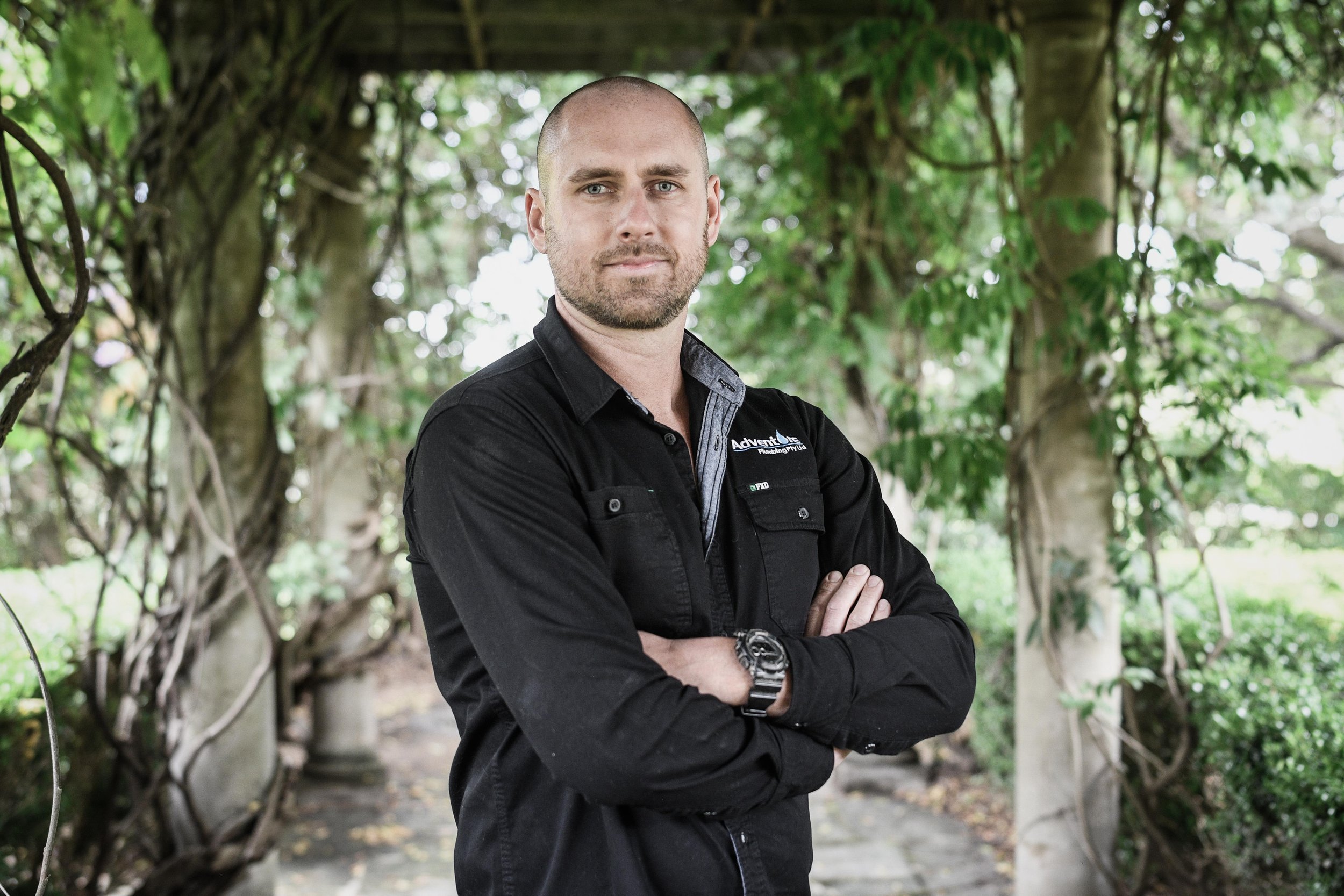Adventure plumbing, a captivating realm where expertise meets daring, invites us to explore the extraordinary. This specialized field ventures beyond conventional plumbing, embracing challenges in remote locations, underwater depths, and towering heights. Adventure plumbing offers a unique blend of technical proficiency and intrepid spirit, making it an enthralling and essential service.
From the depths of the ocean to the summit of mountains, adventure plumbers navigate uncharted territories, ensuring the seamless flow of water and sanitation. Their ingenuity and adaptability are instrumental in overcoming obstacles, safeguarding communities, and paving the way for progress in diverse industries.
Definition and Overview: Adventure Plumbing
Adventure plumbing refers to plumbing projects that involve unique challenges and require specialized skills, often in remote or difficult-to-access locations. These projects typically involve the installation, repair, or maintenance of plumbing systems in extreme environments, such as mountains, forests, or offshore platforms.
Adventure plumbing projects often require specialized equipment and techniques, as well as a high level of expertise and experience. Adventure plumbers must be able to work independently and under pressure, and must be able to adapt to changing conditions and unforeseen challenges.
Unique Challenges
Adventure plumbing projects present a number of unique challenges, including:
- Remote locations: Adventure plumbing projects are often located in remote areas, far from traditional plumbing supplies and support.
- Extreme environments: Adventure plumbing projects may be located in extreme environments, such as high altitudes, extreme temperatures, or harsh weather conditions.
- Limited access: Adventure plumbing projects may be located in areas with limited access, such as mountains, forests, or offshore platforms.
- Specialized equipment: Adventure plumbing projects often require specialized equipment, such as portable generators, water filtration systems, and specialized tools.
- Safety concerns: Adventure plumbing projects may involve working in hazardous environments, such as near cliffs, on steep slopes, or in confined spaces.
Opportunities
Adventure plumbing also presents a number of opportunities, including:
- Personal growth: Adventure plumbing projects can provide opportunities for personal growth and development, as they require plumbers to learn new skills and adapt to changing conditions.
- Career advancement: Adventure plumbing projects can lead to career advancement, as they demonstrate a plumber’s ability to work independently and under pressure.
- Financial rewards: Adventure plumbing projects can often be more lucrative than traditional plumbing projects, as they require specialized skills and experience.
Types of Adventure Plumbing
Adventure plumbing encompasses a wide range of specialized projects that require unique skills and expertise. These projects often involve working in challenging environments and overcoming technical obstacles.
The main types of adventure plumbing projects include:
Underwater Plumbing
Underwater plumbing involves the installation, repair, and maintenance of plumbing systems in submerged environments. This can include working on underwater pipelines, sewage systems, and other marine infrastructure.
Underwater plumbers must be skilled in diving and underwater construction techniques. They must also be able to work in low-visibility conditions and with specialized equipment.
High-Altitude Plumbing
High-altitude plumbing involves working on plumbing systems in mountainous or high-elevation areas. This can include installing and repairing water lines, sewage systems, and heating systems in ski resorts, mountain lodges, and other remote locations.
High-altitude plumbers must be able to work in cold and windy conditions. They must also be able to work at high altitudes, which can affect their physical stamina and breathing.
Remote Location Plumbing
Remote location plumbing involves working on plumbing systems in isolated areas that are difficult to access. This can include working on water and sewage systems in rural communities, national parks, and other remote locations.
Remote location plumbers must be able to work independently and be resourceful. They must also be able to transport their own tools and equipment to the job site.
Planning and Preparation

Thorough planning and preparation are crucial for the success of any adventure plumbing project. It involves meticulous risk assessment, careful equipment selection, effective team building, and establishing clear communication and coordination channels.
Risk assessment is paramount to identify potential hazards and develop mitigation strategies. Conduct a comprehensive site survey, considering factors such as terrain, weather conditions, water sources, and wildlife. Assess the technical challenges, such as pipe depth, water pressure, and access to materials.
Equipment Selection
Selecting the right equipment is essential for efficiency and safety. Choose durable tools and materials that can withstand the rigors of the environment. Consider the weight, portability, and functionality of each item. Pack essential tools like wrenches, pipe cutters, and a variety of fittings.
Safety gear, including gloves, goggles, and sturdy footwear, is non-negotiable.
Team Building
A well-coordinated team is vital for a successful adventure plumbing project. Establish clear roles and responsibilities, ensuring each team member has the necessary skills and experience. Foster a positive and collaborative environment, promoting open communication and teamwork.
Communication and Coordination
Effective communication is crucial throughout the project. Establish clear communication protocols, including designated channels for updates, safety concerns, and decision-making. Regular team meetings facilitate information sharing, problem-solving, and progress monitoring.
Execution and Implementation
Adventure plumbing involves a range of techniques and procedures that require adaptability and problem-solving skills. These include:
Key Techniques and Procedures
- Pipe installation and repair:Installing and repairing pipes in challenging environments, such as underground, underwater, or in remote locations.
- Pump installation and maintenance:Installing and maintaining pumps to provide water supply and drainage in areas with limited access to electricity or infrastructure.
- Water treatment and purification:Treating and purifying water sources to ensure safe drinking water in remote or contaminated areas.
- Wastewater management:Designing and implementing wastewater management systems in off-grid or environmentally sensitive areas.
Innovative Solutions and Best Practices
Adventure plumbers often employ innovative solutions and best practices to overcome challenges in the field. These include:
- Portable and lightweight equipment:Using lightweight and portable equipment to facilitate transport and access to remote locations.
- Renewable energy sources:Utilizing renewable energy sources, such as solar and wind power, to power pumps and other equipment in off-grid areas.
- Water conservation techniques:Implementing water conservation measures, such as rainwater harvesting and greywater reuse, to reduce water consumption in water-scarce regions.
- Collaboration with local communities:Working with local communities to understand their water needs and incorporate their knowledge and traditions into plumbing solutions.
Importance of Adaptability and Problem-Solving, Adventure plumbing
Adaptability and problem-solving are crucial in adventure plumbing. Adventure plumbers often encounter unforeseen challenges and must be able to adapt their techniques and find innovative solutions on the spot. This requires a deep understanding of plumbing principles, as well as creativity and resourcefulness.
Safety and Regulations

In adventure plumbing, safety is paramount. Workers operate in hazardous environments, often involving heights, confined spaces, and unpredictable conditions. Understanding and adhering to industry regulations and standards is crucial to minimize risks and ensure the well-being of workers and the environment.
Safety Hazards
- Falls:Working at heights on ladders, scaffolding, or rooftops poses a significant fall risk.
- Confined spaces:Plumbers may encounter confined spaces, such as crawl spaces or underground tunnels, with limited ventilation and potential for toxic gases.
- Electrical hazards:Electrical wiring and equipment are common in plumbing systems, presenting electrocution risks.
- Chemical exposure:Plumbers handle various chemicals, including solvents, acids, and cleaning agents, which can cause skin irritation, respiratory problems, or burns.
- Biological hazards:Working with sewage or wastewater systems can expose plumbers to pathogens and bacteria.
Industry Regulations and Standards
Numerous industry regulations and standards govern adventure plumbing practices, including:
- Occupational Safety and Health Administration (OSHA):OSHA sets safety standards for workplaces, including requirements for fall protection, confined space entry, and chemical handling.
- American National Standards Institute (ANSI):ANSI develops voluntary consensus standards for plumbing and mechanical systems, including guidelines for safety and quality.
- National Fire Protection Association (NFPA):NFPA establishes codes and standards for fire safety, including requirements for electrical installations and hazardous materials handling.
Ensuring Safety
To ensure the safety of workers and the environment, adventure plumbing companies should implement comprehensive safety protocols, including:
- Hazard identification and risk assessment:Identifying potential hazards and evaluating risks is crucial for developing effective safety measures.
- Training and certification:Workers should receive thorough training on safety procedures, equipment handling, and emergency response.
- Personal protective equipment (PPE):Providing workers with appropriate PPE, such as hard hats, safety glasses, gloves, and respirators, is essential to minimize exposure to hazards.
- Safe work practices:Establishing and enforcing safe work practices, such as proper ladder use, confined space entry procedures, and electrical safety protocols, helps prevent accidents.
- Emergency response plans:Having clear and comprehensive emergency response plans in place ensures a timely and effective response to accidents or emergencies.
Case Studies and Success Stories

Adventure plumbing projects have demonstrated remarkable achievements in various communities and industries. By sharing case studies and success stories, we can learn from the challenges overcome, lessons learned, and the positive impact created.
These case studies provide valuable insights into the planning, execution, and outcomes of successful adventure plumbing projects. They highlight the innovative solutions employed, the collaborations formed, and the transformative effects on communities and industries.
Challenges and Lessons Learned
- Unforeseen Environmental Conditions:Adventure plumbing projects often encounter unpredictable environmental conditions, such as extreme weather, rugged terrain, or water scarcity. Case studies reveal how teams overcame these challenges through adaptability, contingency planning, and resourcefulness.
- Community Engagement and Support:Engaging local communities in adventure plumbing projects is crucial for success. Case studies showcase how projects fostered community ownership, created employment opportunities, and empowered local stakeholders.
- Technological Innovations:Adventure plumbing projects often require innovative solutions to address unique challenges. Case studies highlight the development and implementation of cutting-edge technologies, such as portable water filtration systems, remote monitoring devices, and sustainable energy sources.
Impact on Communities and Industries
Adventure plumbing projects have a profound impact on communities and industries. They provide access to clean water, sanitation, and hygiene, improving public health and well-being. Case studies demonstrate how these projects have:
- Improved Health Outcomes:Access to clean water and sanitation reduces the incidence of waterborne diseases, improving overall health and reducing mortality rates.
- Increased Economic Opportunities:Adventure plumbing projects create employment opportunities in local communities, boost tourism, and support the development of small businesses.
- Promoted Environmental Sustainability:By providing sustainable water and sanitation solutions, adventure plumbing projects help protect water resources, reduce pollution, and mitigate the effects of climate change.
Future Trends and Innovations
Adventure plumbing is on the cusp of significant advancements, driven by emerging technologies and materials. These innovations are poised to revolutionize the industry, enhancing safety, efficiency, and sustainability.
One major trend is the integration of robotics and automation. Remotely operated vehicles (ROVs) and drones are increasingly being used for underwater exploration and maintenance, reducing the risks and costs associated with traditional methods. Additionally, AI-powered systems are being developed to analyze data, identify anomalies, and optimize system performance.
Materials and Sustainability
The development of new materials is also transforming adventure plumbing. Corrosion-resistant alloys, lightweight composites, and self-healing materials are being introduced, extending the lifespan of infrastructure and reducing maintenance requirements. Furthermore, sustainable practices are becoming increasingly important, with a focus on reducing environmental impact and promoting energy efficiency.
Conclusive Thoughts
As the world evolves and infrastructure expands, adventure plumbing continues to play a pivotal role. By embracing innovation and pushing boundaries, adventure plumbers contribute to the well-being of society and the preservation of our environment. Their unwavering commitment to safety, sustainability, and excellence sets an inspiring example for all.
The future of adventure plumbing holds endless possibilities, with advancements in technology and materials promising to revolutionize the field. As we look ahead, we can expect adventure plumbers to continue their remarkable work, connecting communities, unlocking new frontiers, and shaping the future of water management.
Expert Answers
What sets adventure plumbing apart from traditional plumbing?
Adventure plumbing involves working in challenging and remote locations, often requiring specialized equipment and techniques to overcome unique obstacles.
What are some examples of adventure plumbing projects?
Adventure plumbing projects include installing water systems in remote villages, repairing pipelines in underwater environments, and maintaining plumbing in high-altitude mountain lodges.
How do adventure plumbers ensure safety in their work?
Adventure plumbers undergo rigorous training and follow strict safety protocols, including risk assessments, proper equipment usage, and effective communication.